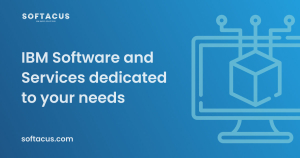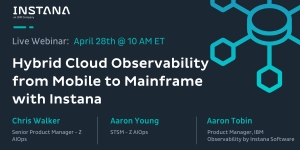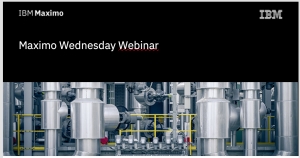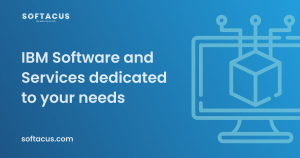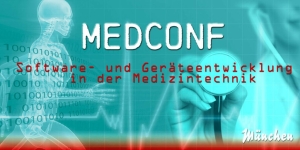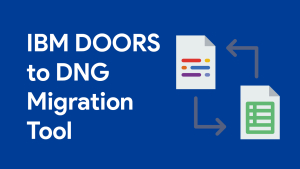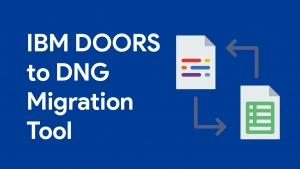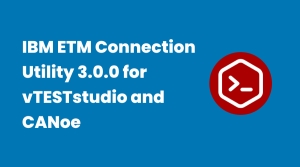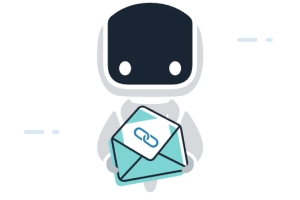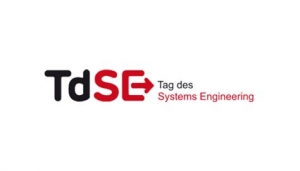Displaying items by tag: ibm
You’re invited to join IBM thought leaders and experts to learn how today’s most innovative companies are adopting holistic development processes to stay competitive, become more agile, improve productivity and quality, and increase development efficiency.
Date: Thursday, May 5 th at 3pm CET
Agenda:
- Drive engineering excellence for sustainable public infrastructure
- Streamline engineering complexity in regulated industries
- Remove data silos across the engineering lifecycle using digital threads
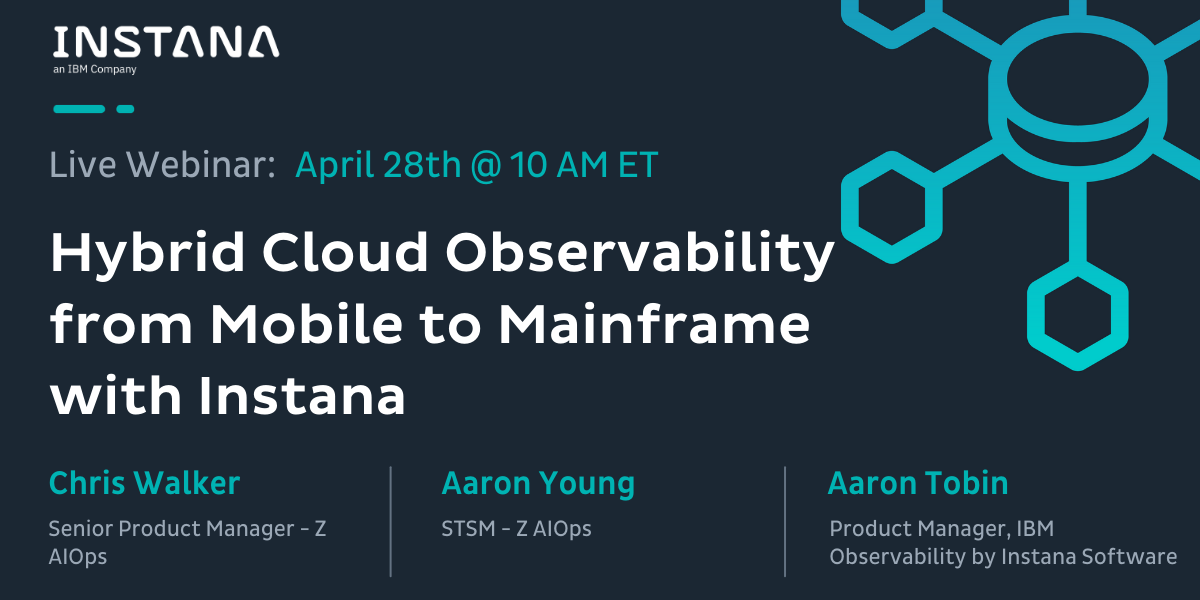
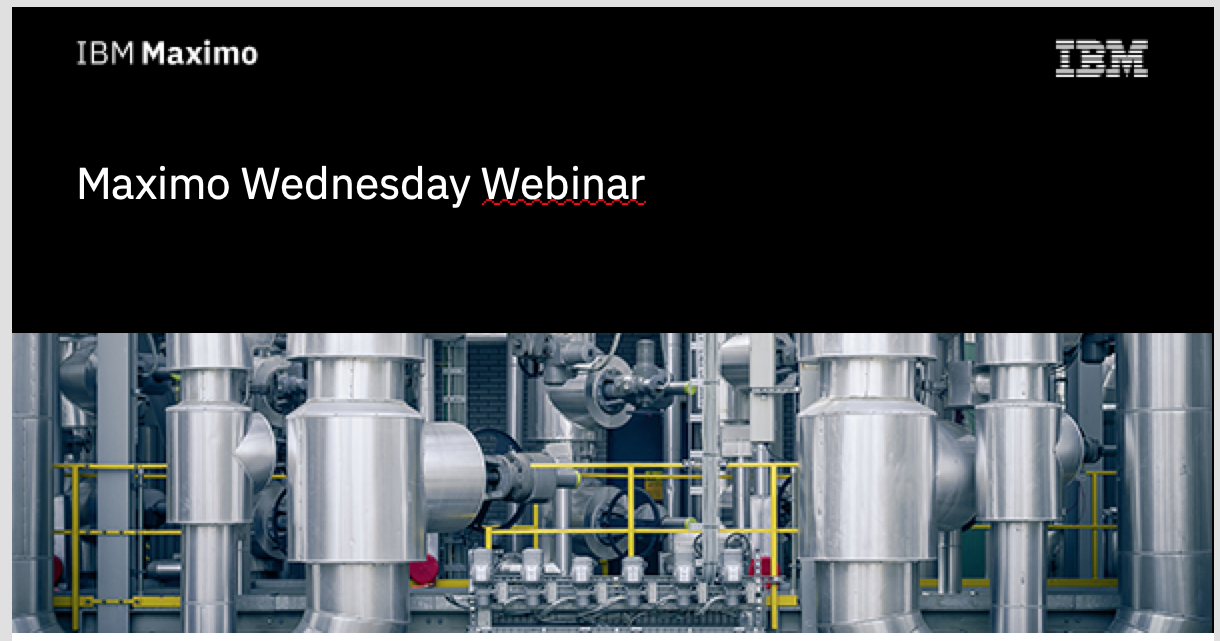
The work execution strategies that you apply to your maintenance and reliability strategies enhance your progress and give a defined path to your overall techniques. These techniques will align your processes to give you better management of your resources to aid your efforts at becoming more productive and reliability centered.
We're excited to have guest speaker Michael Guns, Associate Director Maintenance Strategy & Planning at the University of Delaware for Facilities, share his ideas around the flows you can develop to enhance your business processes and execution of the work, and align thoughts around your end users expectations of what your work is and determining factors for Service Level Agreements.

Associate Director, Maintenance Strategy & Planning Facilities - Buildings Maintenance & Operations
University of Delaware
While the engineered systems are becoming more complex, engineering practices are somewhat left behind based on “document centric” non-digitized practices, where lifecycle activities and disciplines are data silos.
In this webinar we describe how a fully digitized systems engineering process enables the primary objectives of engineering projects: Increasing speed of delivery and innovation, ensuring quality, reducing costs, and demonstrating compliance. We will illustrate how the above foundations are leveraged throughout a systems engineering process, and includes in-process quality, stakeholders visibility and viewpoints for high velocity, full change control and audit trail for effective demonstration of compliance.
We will demonstrate how IBM Engineering Lifecycle Management (ELM) establishes a holistic digital engineering process, from stakeholder requirements through implementation, based on the following foundations:
- Digital connectivity across all lifecycle artifacts to insure data consistency and traceability compliance
- Model based system design for early functional and architectural verification
- Agile enactment across the entire systems engineering process
- Cross lifecycle digital viewpoints and reporting for full visibility and decision support to all stakeholders
- Fostering reuse across projects and programs for highly effective engineering
IBM Engineering Lifecycle Management (ELM) is the leading platform for today’s complex product and software development. ELM extends the functionality of standard ALM tools, providing an integrated, end-to-end solution that offers full transparency and traceability across all engineering data. From requirements through testing and deployment, ELM optimizes collaboration and communication across all stakeholders, improving decision- making, productivity and overall product quality.
Presenter: Eran Gery of IBM
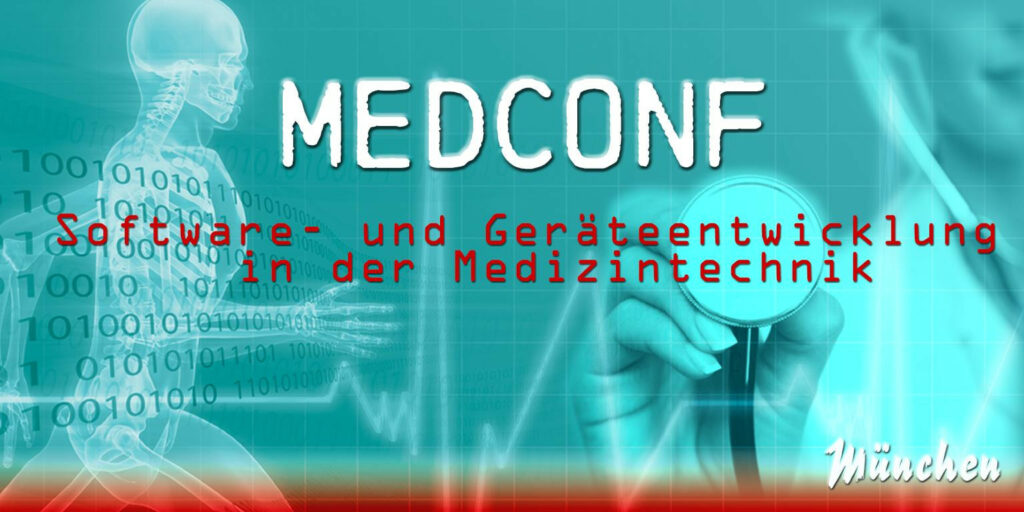
Softacus will be an exhibitor at MedConf 2022 which will take place from 10 to 12 May 2022 in Munich, Germany.
The conference with the accompanying exhibition is the most established and important networking platform in medical technology. The MedConf hybrid will also be offered in 2022, so participants have the option of booking either a presence ticket or an online ticket.
Our team will be onsite presenting to the vistors the award-winning IBM Engineering Lifecycle Management solutions.
For more information and to sign up to MedConf 2022, visit https://www.medconf.de/
Main Functionalities
- Ability to migrate big amount of modules from DOORS to DNG
- Possibility to transform the data according to specific user needs (split, merge modules)
- Transformation of attributes
- Transformation in GCM context; view to stream, split across components
- Ability to migrate history and baselines
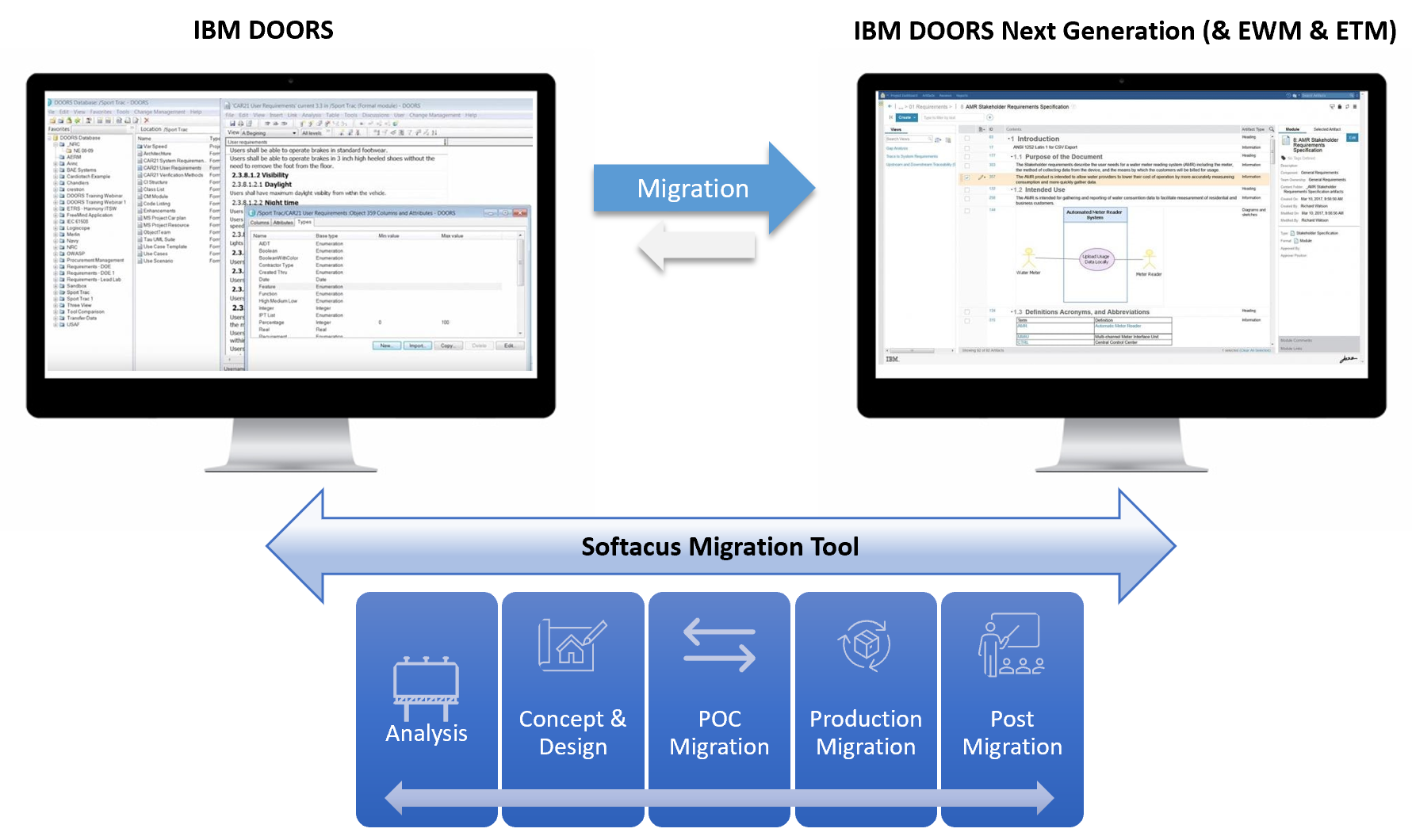
DOORS Tables
Our application has the ability to transform DOORS Tables into DNG HTML Tables within the DNG Artifact.
Also, we support the ability to transform OLE excel tables into DNG artifact HTML tables.
Migration of History data
Ability to save DOORS object history and import it into either an attribute or initial content of a "primary text" attribute.
Possibility to make a link back to original object in case of migration without the history (recommended option).
(Currently in development) Import from specific DOORS baseline.
High Automation Level
The tool have API in order to create automation for:
- Artifact creation and mapping
- Attribute creation and mapping
- Link Type creation
- Project area & component creation
- GCM creation
- Creation of views, folders, streams and baselines
- Create User in Jazz
- Automated assignment of Group to the User
Conversions
- Rich text into attributes
- DXL Layouts into string attributes
- Ability to convert attributes into embedded artifacts (i.e. for parametrization)
- Transformations of pictures. We support png, jpeg, jpg. Due to DNG limitations, .wmf and .svg are not supported
Links
- Recreation of links within the project area
- Recreation of links within the component
- Recreation of links across project areas
- Recreation of links across components with GC context
Splitting of Data
- Split to several components
- Split to project areas
- Split to several servers
- Split of data by view to several streams
- Stream Updates
Profiles per Each project
The solution have customizable possibilities (currently via YAML file) to set up a profile for migration of each project
Migration of Views
The solution supports migration of view (beta)
Some views are non-compatible in DNG, and we tag them
Lightning Speed
We have developed a concept how to avoid thousands/millions of calls to DNG
Example 10 000 artifacts 150 seconds
Statistics
- PA Size
- Modules size
- Number of attributes
- Number of artifacts
Validator
- checks count and data
- count object types attribute types
- views
- links
Mapping
- Object view to component stream
- Attribute harmonization
- Possible automated cleanup of the data
- Mapping of custom object types to artifact types
- Storage of mapping per each execution
- Sandboxing -migrate test and improve
OLE Object Handling
- Migration of OLE from attribute into primary text (merge) or as linked artifact (link to base artifact)
- Ability to migrate pictures as embedded or standalone artifacts. Linking of embedded pictures to its artifacts (as base artifact link)
Notifications
Error handling prior and after the migration
Test Management
(Planned) Test on each object with proof that the artifact was migrated from DOORS to DNG properly
Other Advanges
- Keep reference to DOORs classic
- 60 widgets available from Softacus for DNG with mainly common architecture. Widget are resolving several gaps and increase user experience in DNG
- Support for Tags,
- Handling of huge project data
- Own migration server and infrastructure for Migration
- Unicode special symbols handling
- Nested symbols handling
- Incompatibility checks
- Attributes merging
- We can recreate DXL scripts in Js Java and Python or other language if required
Technical Information
- Concurrent loading from DOORS to DNG
- Usage of internal DB during Migration, which allows flexible linking after the migration of the data
- Possibility to resume of the migration process in case of a disruption
Flexible for any customer use case
All migrations are different. We have built this solution, because the traditional ways of migrating were not sufficient for our and our customer needs.
This video show first release of the solution.
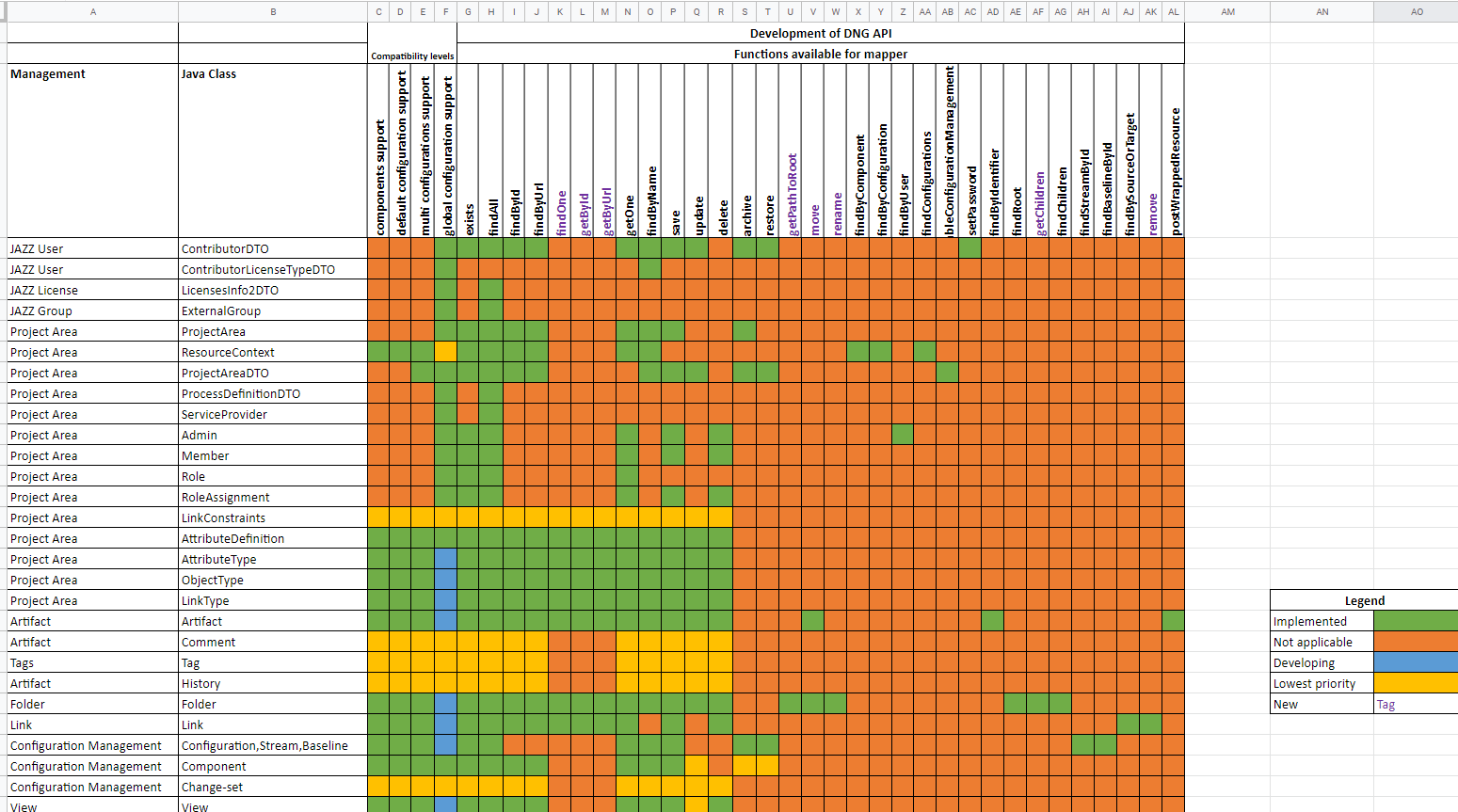
Development of specific APIs
The tool is able to to custom migration due to the fact that we have created our own APIs.
- Trace Item Extraction
- Test Case Upload
- Test Execution
- Test Report Upload
- Requirement Based Workflow
- Test Case Based Workflow
- Map vTESTstudio test case attributes to IBM RQM test case categories
- New section [TestCaseAttributes2TestCaseCategories] in INI file provides the possibility to map vTESTstudio test case attributes to RQM test case categories.
- Reassessed verdicts from CANoe Test Report Viewer
- A new option allows the usage of reassessed verdicts from the CANoe Report Viewer. With this option activated, the reassessed verdict are uploaded to RQM and a respective comment about the original verdict is noted in the result details.
- CANoe Test Report Viewer links in IBM RQM test results
- The result details of the RQM test case results now hold a link to navigate to the respective test case in the loaded report within the CANoe Report Viewer.
- Set result details via command line for test report upload
- New optional parameter -details provides possibility to set additional comment for the result details.
- Weight Configurable for Test Case Creation
- The system defined RQM test case category Weight can now be configured in INI file ([TestCaseCategories]) if a different value than the default of 100 should be used for test case creation.
- Path to Applications Configurable
- New section [RegisteredApplications] in INI file provides possibility to customize path to registered applications on Jazz Team Server (e.g. to quality management that default to ‘qm’).
- Requirement types configurable
- The requirement types to be considered for trace item extract can now be configured in INI file.
- Extended Test-Case Based Workflow for CANoe.DiVa
- This option supports the mapping of multiple CANoe.DiVa generated test cases to the same RQM test case. As a consequence all test case results that refer to the same RQM test case will be aggregated to one overall verdict during test report upload. A textual summary of the single CANoe test case results will be annotated to the aggregated overall verdict.
- Export requirements as trace items (connection utility)
- Create test cases / link trace items (vTESTstudio)
- Import design traceability (connection utility)
- Create test case execution records (RQM)
- Execute test unit (CANoe)
- Import test report (connection utility)

- Export test cases as trace items (connection utility)
- Create test cases / link trace items (vTESTstudio)
- Import design traceability (connection utility)
- Create test case execution records (RQM)
- Execute test unit (CANoe)
- Import test report (connection utility)


- Load CANoe configuration
- Activation of test execution tree elements Start/stop measurement
- Start test configuration
- Read paths to test reports
Feb 3, 2022 from 11:00 AM to 12:00 PM (ET)
Learn how IBM and Instana came to be. You’ll understand how Instana can make sense of your chaotic cloud-native environments, uncover anomalies in the performance of your applications before they can affect your customers – with the context to fix it.
Our solution engineer will walk you through the product and how easy Instana makes it to:
- Automate discovery, mapping, and configuration with zero human interaction
- Use AIOps to establish a baseline of application performance
- Analyze metrics, traces, and logs
- Trace every request, with no sampling
- Monitor hybrid cloud and mobile environments
Hosts of this Webinar
Drew Flowers, of Instana
Director of Solution Engineering, NA/LATAM
More information
10.-12. November 2021 - TdSE Konferenz
Der TdSE – Tag des Systems Engineering ist die inzwischen größte deutschsprachige Konferenz rund um dieses innovative Thema. Die Konferenz fördert nicht nur den Austausch von Industrie, Beratern, Toolherstellern und Forschungseinrichtungen, sondern bietet auch eine Plattform für die Diskussion und erfolgreiche Zusammenarbeit zu den aktuellen Themenfeldern: Digital Twin, Collaboration & Agile Systems Engineering, Stories: Best Practices, Success, Change & Transformation und Technical Leadership & Culture.
Dabei geben wir unseren Kunden und den Teilnehmern der Veranstaltung die Möglichkeit mit unseren IBM Systems Engineering Experten Peter Schedl, Program Manager Industry Solutions ELM, und Patrick Weber, Solutions Engineer MBSE (Rhapsody/RMM) in den direkten Austausch zu treten und mit ihnen die aktuellen Trends und Anwendungsbeispiele im Systems Engineering Umfeld zu besprechen.
Keynote im Rahmen der Studienpreisverleihung, Dienstag, 9. November 2021 von 14:15 - 14:45 Uhr
- IBM Systems Engineering Vision -
The evolution of digital engineering for a changing world
Sprecher: Peter Schedl
Vorträge im Break Out Room,
Donnerstag, 11. November 2021 von 11:00 - 12:00 Uhr
- Wie funktioniert Softwareentwicklung im Team?
Effiziente Zusammenarbeit im Team und Wiederverwendung von verteilten SysML
am Donnerstag, 11. November 2021 von 11:00 - 11:30 Uhr
Sprecher: Patrick Weber - Vom SysML Modell auf den Raspi mit einem Knopfdruck - Geht das?
am Donnerstag, 11. November 2021 von 11:30 - 12:00 Uhr
Sprecher: Peter Schedl

